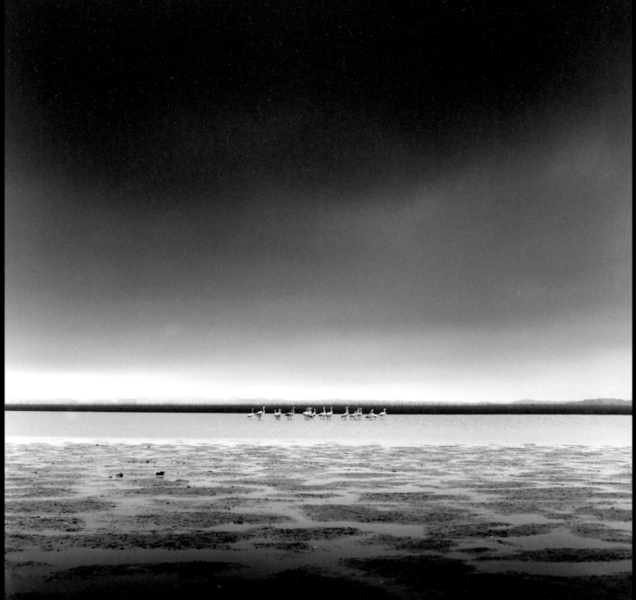BLACK GALLERY: PHOTOGRAPHY IN SOLIDARITY
The idea, in times of isolation and lockdown, is to let oneself go and gaze into infinite skies where the clouds tell timeless stories of a better, much better world. Also, 10% of all purchased artworks on this show will be donated to contribute for providing masks and hygienic items to the local school of Pueblo Garzón.

The exhibit is done via Artsy and will be open between April 27th and May 27th
“There are days when the ambition of appreciating art seems sadly superficial in a world beset by tragedy at the hand of man or from natural disasters. But if we can´t aspire to overcome privation and loss, and find commonality in the human condition through our creativity, we will have an even rougher road in life.” - Maxwell L. Anderson, “The quality instinct: seeing art through a museum director’s eye”. 2012
In 2006 José Risso decided to visit Valizas and Cabo Polonio, a protected sand-dune reserve without roads or electricity, the new antidote to civilization as The New York Times called it.
From that moment on he has been documenting and capturing with his camera the almost deserted landscape of dunes, cows laying on the sand, and whimsical dwellings.
This show proposes to abandon ourselves to the sensitive experience and aesthetic enjoyment of the overwhelming beauty of the planet we inhabit.
Theis series of 15 analog black-and-white photographs are both highly formal and wonderfully documentary.
“A photograph is light. Thanks to light an object exists and what remains outside the light, cannot be seen, ceases to exist. In all these photographs we have the impression that the light "arrives", it seems to be "arriving" at the precise moment in which the spectator sees them, as if they were two simultaneous readings: that of the light ray and that of the spectator. The light directs the gaze of the spectator, who can do nothing but let that be.
It is precisely thanks to the light chosen by the artist at the exact moment of pressing the shutter, that the photograph takes us on a tour of that landscape, from the most illuminated to the darkest points that seem to take shape and volume. That light is precisely what offers us an inventory of all possible textures, shades, and gray scales.
The presence of the camera does not modify the landscape, it captures it as it sees it, revealing it.”
READ MORE: Parallelisms: Selection of Photographs (1975/86) from the Luis Brito Foundation Archive


